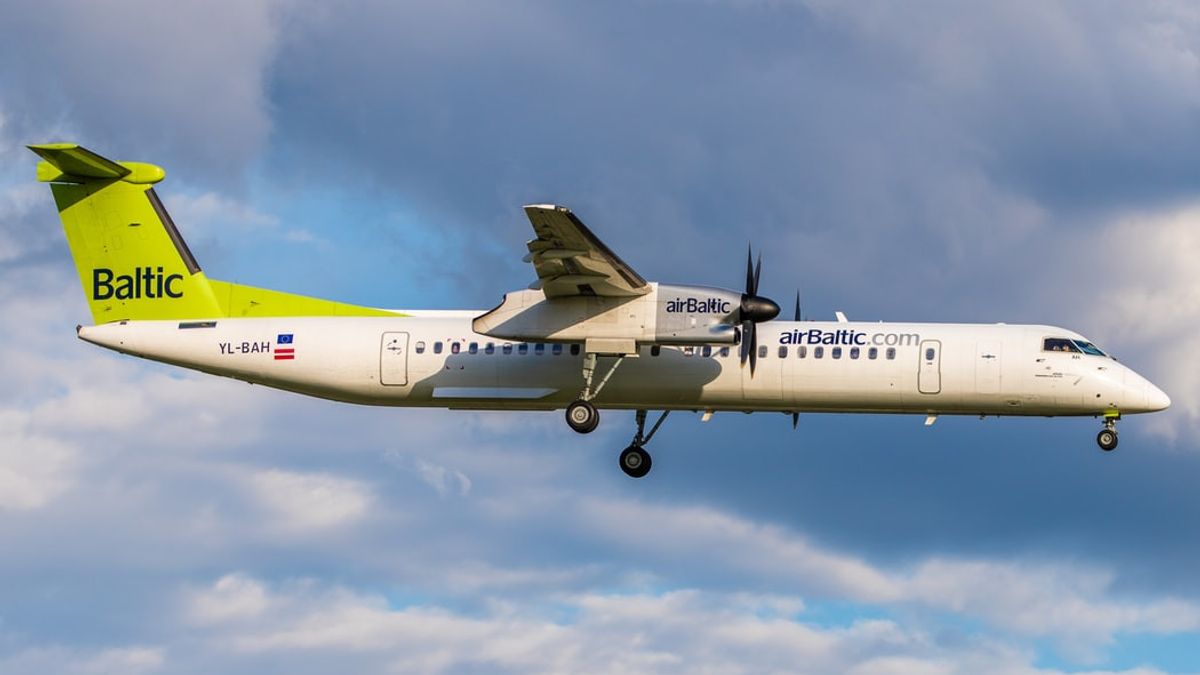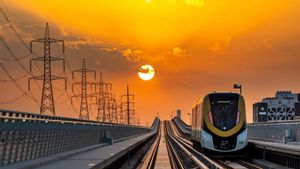JAKARTA - A hydrogen-powered zero-emission flight will be ready to take off from Moses Lake in Central Washington. An ambitious new project aims to modify a small regional turboprop aircraft there to fly on hydrogen fuel. It, too, tests and certifies them to carry passengers, and potentially offers a long-term solution to aviation carbon emissions by demonstrating that hydrogen aviation is economically viable.
Los Angeles-based startup Universal Hydrogen, led by Paul Eremenko, former chief technology officer and leading clean energy visionary at Airbus and United Technologies, is developing technology to retrofit mid-sized turboprop aircraft to run on hydrogen.
Partnering with Universal Hydrogen is the aerospace engineering and certification firm AeroTEC of Seattle, the electric motor company of Everett's MagniX and New York-based Plug Power, which has a hydrogen fuel cell facility in Spokane.
“Our goal is to get seats on commercial airlines that generate revenue as quickly as possible,” Eremenko said in an interview, adding that he anticipates achieving Federal Aviation Administration certification by 2025.
Challenging Technology
The first aircraft for this retrofit was a De Havilland Canada DHC-8 turboprop, commonly known as the Dash 8. The version to be modified was not the larger model flown locally by Alaska Airlines but a smaller one that usually seats around 50 passengers.
The company plans to dismantle 10 seats to accommodate a large capsule full of hydrogen that will fuel the plane, and reduce passenger capacity to around 40 people.
Later, the project will carry out the same modifications for the ATR 72 turboprop, with a reduction in seating to around 58 passengers post-conversion. The technology they develop is very complex and requires innovation.
Universal Hydrogen proposes setting up an extensive logistics infrastructure to deliver to airports twin packages of 3-foot-long, 7-foot diameter hydrogen capsules that can be loaded and unloaded quickly.
Plug Power, which is currently building ground-based hydrogen fuel cells that generate electricity from hydrogen, had to develop a much lighter fuel cell that could meet aircraft safety standards.
MagniX will build a motor that uses electricity to turn the propellers. It has built a similar motor for its prototype battery-powered electric plane.
To link all of this together, Universal Hydrogen, had to integrate all the ancillary equipment that encloses the fuel cell and electric motor, including electronic control algorithms for the entire system as well as compressors, humidifiers, and cooling systems for fuel cells and motors. They also prepare a spare battery in case of anything.
The English, Chinese, Japanese, Arabic, and French versions are automatically generated by the AI. So there may still be inaccuracies in translating, please always see Indonesian as our main language. (system supported by DigitalSiber.id)









